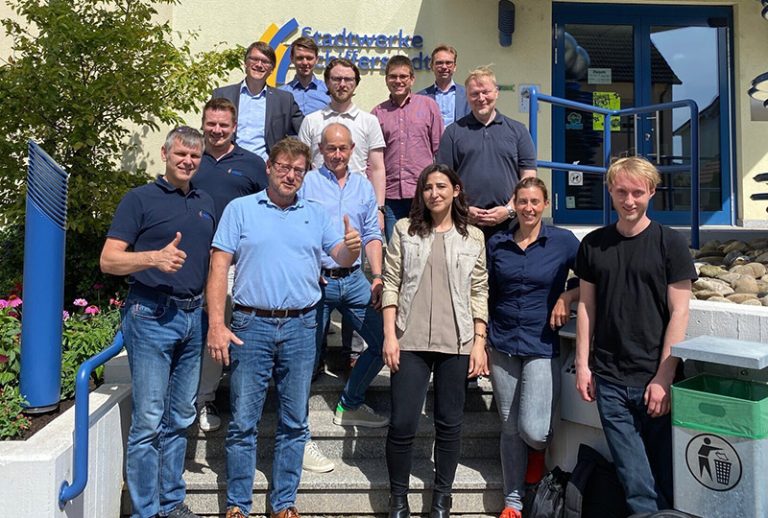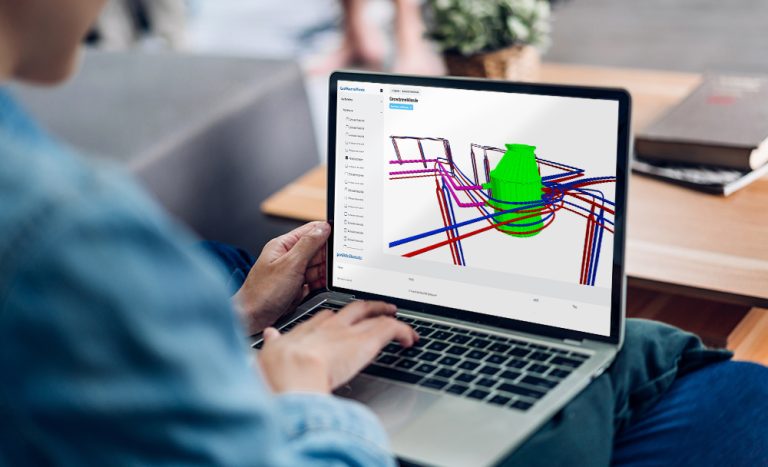Work steps:
- Development of a calculation approach for building cooling energy demands:
A calculation model is developed to determine the cooling energy demand of buildings and to generate hourly accurate load curves for new buildings and existing buildings. - Integration and extension of a heat pump model that is applicable at the city district level:
The existing open-source heat pump model ModHPS (https://github.com/RWTH-E3D/ModHPS) will be integrated into the tool chains to be set up and extended or optimized with regard to the following aspects, among others: Cooling applications, bivalent systems and the connection to heat networks. - Integration of a physical network node model:
A physical model is integrated to represent the heat networks at the network node level and to consider interactions. - Development of a field-based model-within-a-model approach:
An innovative approach to numerically represent pipeline networks as a multi-physics model is developed. This includes interactions between heat network, subsurface and weather data. - Mapping of dynamic climatic interactions:
The interactions between the near-surface environment and the subsurface are included in the simulation to account for dynamic climatic influences. - Derivation of hydrogeological potential indicators:
Potential indicators for geothermal systems in combination with KNWN will be developed, calibrated, and aligned with analytical and numerical models. - Development of analytical models for heat network calculation:
Efficient analytical models for heat network calculation are developed and extended to account for heterogeneous subsurface conditions and interactions with the surface. - Development of calculation approaches for geothermal source systems:
Analytical calculation approaches for different geothermal source systems (probes, wells, collectors) are implemented and extended. - Review and further development of analytical calculation approaches with regard to geothermal heat storage, taking into account different time scales such as day/night cycles and seasonal storage.
- Comparison of the simulation results with the connected monitoring data as well as the validation of the developed calculation tools.
- Parameter studies and test calculations of the neighborhood with different boundary conditions.
- Development of the necessary interfaces and seamless integration of the simulations and calculation approaches into the geothermal grid information system.
Work package 5 focuses on developing advanced modeling, simulation, and computational approaches to accurately capture various aspects of the local geothermal heating network. The main objective is to gain an in-depth understanding of the dynamics of the system and to develop optimized solutions for planning, dimensioning and operation.








